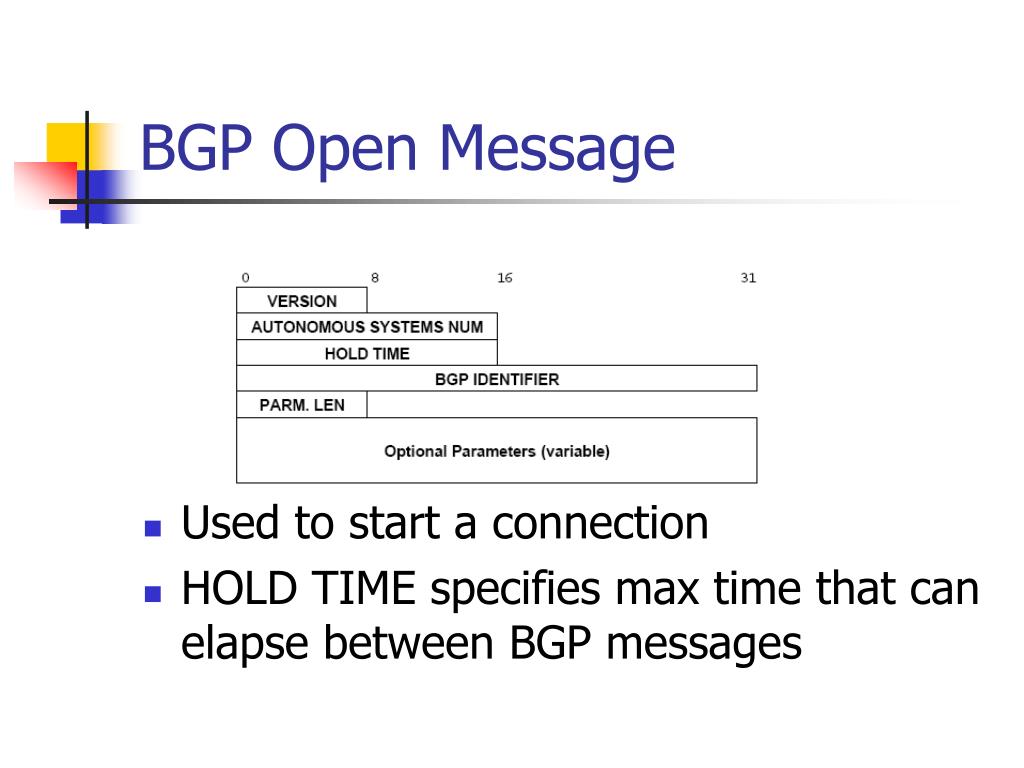
The basic datatypes for object dictionary values such as booleans, integers and floats are defined in the standard (their size in bits is optionally stored in the related type definition, index range 0x0001–0x001F), as well as composite datatypes such as strings, arrays and records (defined in index range 0x0040–0x025F). The Mandatory/Optional field (M/O) defines whether a device conforming to the device specification has to implement this object or not.Attribute, which gives information on the access rights for this entry, this can be read/write, read-only or write-only.Type, gives the datatype of the variable (or the datatype of all variables of an array).Object name (Object Type/Size), a symbolic type of the object in the entry, such as an array, record, or simple variable.Index, the 16-bit address of the object in the dictionary.An entry in the object dictionary is defined by: The application is configured by variables in the object dictionary and the data are sent and received through the communication layer.ĬANopen devices must have an object dictionary, which is used for configuration and communication with the device.

The application part of the device actually performs the desired function of the device, after the state machine is set to the operational state.The variables can be used to configure the device and reflect its environment, i.e. Additionally, each variable can have an 8-bit subindex. The object dictionary is an array of variables with a 16-bit index.The transitions between states are made by issuing a network management (NMT) communication object to the device. It must contain the states Initialization, Pre-operational, Operational and Stopped. Starting and resetting the device is controlled via a state machine.A communication unit implements the protocols for messaging with the other nodes in the network.Profiles for more specialized devices are built on top of this basic profile, and are specified in numerous other standards released by CAN in Automation, such as CiA 401 for I/O-modules and CiA 402 for motion control.Įvery CANopen device has to implement certain standard features in its controlling software. The basic CANopen device and communication profiles are given in the CiA 301 specification released by CAN in Automation. The lower level protocol implementing the data link and physical layers is usually Controller Area Network (CAN), although devices using some other means of communication (such as Ethernet Powerlink, EtherCAT) can also implement the CANopen device profile. The communication protocols have support for network management, device monitoring and communication between nodes, including a simple transport layer for message segmentation/desegmentation. The CANopen standard consists of an addressing scheme, several small communication protocols and an application layer defined by a device profile. In terms of the OSI model, CANopen implements the layers above and including the network layer. Keep the brake pedal depressed until these messages disappear from the display.CANopen is a communication protocol and device profile specification for embedded systems used in automation. Have your vehicle checked by a properly trained technician.Īt low outside temperatures, after starting the engine, it may take the transmission several seconds to engage R (REVERSE) or D (DRIVE). You will not be able to drive until the transmission has cooled.Īutomatic transmission. In these extreme conditions the transmission will disengage drive in order to prevent damage. Select N (NEUTRAL) or P (PARK) and apply the parking brake until the transmission has cooled and the message disappears from the display. In these circumstances it is necessary to press the brake pedal and stop the vehicle to prevent damage to the transmission. Under certain driving conditions it is possible that the clutches in the transmission can overheat. Engine Oil Dipstick - 2.0L Duratorq-TDCi (DW) Diesel.Engine Oil Dipstick - 1.8L Duratorq-TDCi (Lynx) Diesel.Engine Oil Dipstick - 1.6L Duratorq-TDCi (DV) Diesel.Engine Oil Dipstick - 2.5L Duratec-RS (VI5)/2.5L Duratec-ST (VI5).

Engine Oil Dipstick - 1.8L Duratec-HE (MI4)/2.0L Duratec-HE (MI4).Engine Oil Dipstick - 1.4L Duratec-16V (Sigma)/1.6L Duratec-16V (Sigma)/1.6L Duratec-16V Ti-VCT (Sigma).



 0 kommentar(er)
0 kommentar(er)
